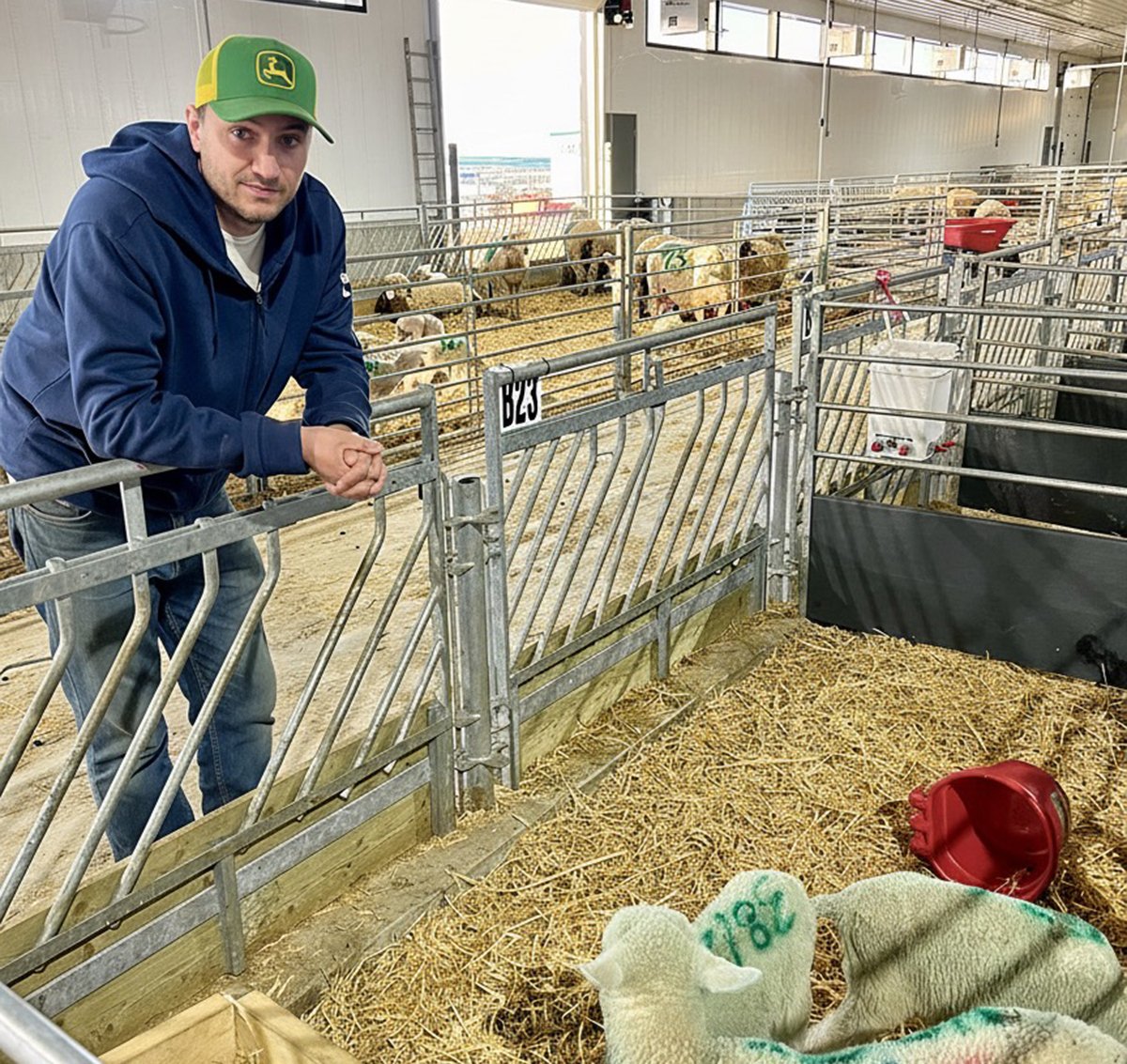Alberta has released its new hog price insurance program for market hogs and weaner pigs to provide producers with market protection against future market tumbles.
Alberta Pork members proposed the concept to the government in the spring of 2010 and cabinet approved it earlier this summer. Producers lost more than $40 per head in late 2009, following a slump that forced many to leave the industry.
Sustained losses of $20 to $30 per head were common in recent years, although profitability has been stronger in 2011, said pork market specialist Ron Gietz of Alberta Agriculture.
Read Also

Solar, sheep provide valuable farm diversification
Eric Steeves says raising sheep on forages grown under solar panels provided economic stability and perhaps even saved his family’s fifth generation southern Alberta grain farm.
This program offers a made-in- Alberta price so producers do not have to calculate basis or exchange rates, said Gietz.
There is no government money in the program to backstop producers, although development assistance came from the Alberta Livestock and Meat Agency, Agriculture Financial Services Corporation, Alberta Pork, Western Hog Exchange and Alberta Agriculture.
“This is a great time to be taking out this insurance because for the same premium, you’ll get coverage at a much higher level. When the market is strong, you will be able to insure prices that are quite profitable. We hope that will translate into participation. When the markets are weak, the insurance isn’t that attractive.”
In recent weeks, producers have been paid up to $1.90 per kilogram, prices they have not enjoyed for many years.
“If you buy the insurance now when the market is strong, then you are covered if something goes haywire in the market, which certainly can happen,” he said.
Prices tend to be weakest in November and December when there is plenty of pork around, while June to August offers stronger prices during a period of higher demand.
“This year, August is the peak.”
This program is one of many approaches Alberta Pork has taken to salvage an industry where only about 380 producers remain.
“If there is enough profit in the industry in the next few months, we may start to see some investment again,” said Jim Haggins, chair of Alberta Pork.
Other provinces are watching this first of its kind program.
Producer training sessions will be offered and they hope participation is strong.
“It is a totally green program from a trade standpoint. It’s not subsidized and no portion of the premium is subsidized in any way. It is like buying any insurance policy. The producer pays for it,” said Haggins.
The program is offered year round, with policy lengths ranging from two to 10 months. The insurance can be purchased every Tuesday, Wednesday and Thursday afternoon, with coverage changing as market conditions change.
With no weight minimums required to purchase, the insurance can be bought over time to meet operational needs regarding risk management.
Settlements are automatic. If the monthly average market hog cash price is less than the insured price, the insurance program pays the difference.
“We expect producers will work with different companies that they are using for supplying feed or work with their bankers to identify where their best position is to lock in and then have the support of lenders and other suppliers to do so,” he said.
“Over time, we hope the participation rate will improve and keep the program viable,” Haggins said.















